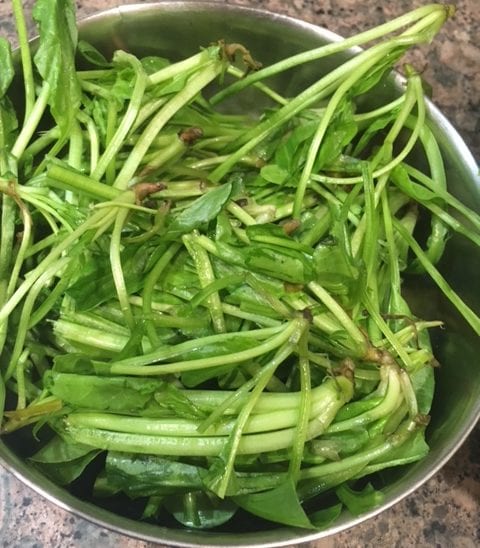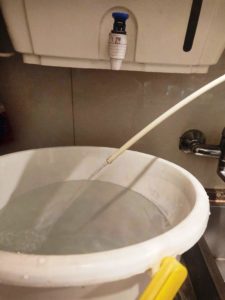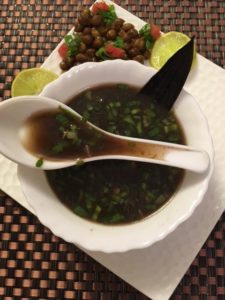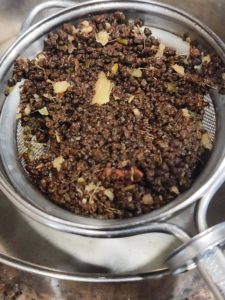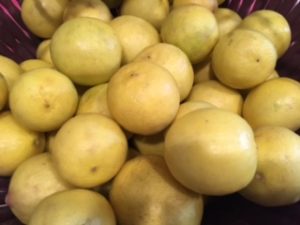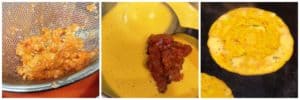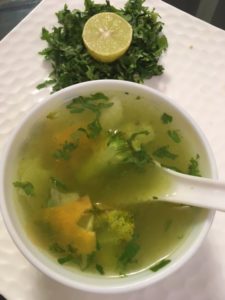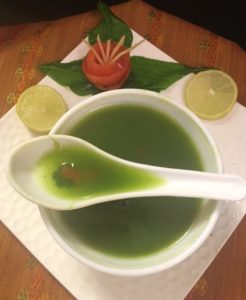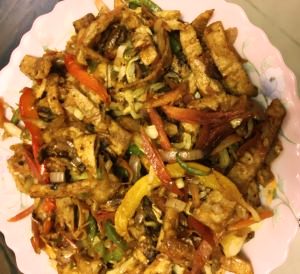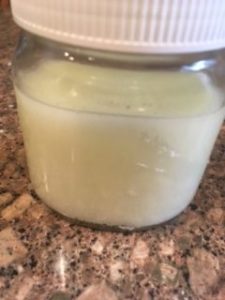Kitchen is one place where maximum waste is generated on daily basis. Right? Whether you enjoy cooking or not, this kitchen waste is inevitable.
Its true that it can neither be avoided nor reused fully. But can't we minimise this waste? Definitely, we can minimise this waste, recycle some of it and thus add our bit in protecting our environment.
So, lets see how we can be a smart cook and reuse/recycle our kitchen waste...
A Kitchen is the heart and soul of any house. Practically, our day starts in the kitchen (with tea or coffee) and ends in the kitchen. No matter where we go or what we do, one thing is always crossing our mind and that is the menu for lunch or dinner or breakfast. Whether you are alone or have a party at home, a kitchen is a place which is always looked upon. Guests may hesitate to enter your rooms but always land up freely in the kitchen.
I too love my kitchen and all the more as I am a food blogger (Or vice versa, I am a food blogger coz I love my kitchen 🙂 All the miraculous (or disastrous ) recipes are produced/ tested in the kitchen only. We spend so much time in the kitchen, cook many different types of food and in the process generate so much of waste. This waste includes vegetable peels, cartons/wrappers of packaged food, tea leaves/bags, etc. and above all, water. Water from RO, water from washing veggies, water after boiling veggies and so on.
Here, I am sharing some of the ways we can reduce this food waste.
Do not Miss: I am sure you would love reading My Easy and Practical Kitchen Hacks too.
1. Recycle Water
RO Water: If you have a normal filter then its fine. But if you are using RO (Reverse Osmosis) purification system, then you know very well that 75% water gets wasted in the process of purification and we get only 25% as filtered/purified water. Isn't this a swooping number? Wasting 3 cups of water to get just 1 cup.
But this water can be very well recycled. I normally use it for mopping and for watering plants. You can also use it for washing kitchen towels etc.
3 years back, when my kitchen got renovated and everything like the geyser, RO etc went behind the cabinets then I specifically asked for the RO waste water outlet to remain in open, instead of being attached to the drain directly. This was so that I could use it for various cleaning purposes. My decision was argued upon a lot but I was adamant to have it that way only. No regrets, in fact, a happy and satisfied me.
2. Water after Boiling Veggies
Water after washing veggies: If possible, use it for your plants.
Wash your veggies well before boiling. And the water you are left with after boiling the veggies is full of nutrients. Never ever throw it. Use this water for either of the following:
- Kneading flour
- Making Pancake batter
- Add in gravies
- Add in soup
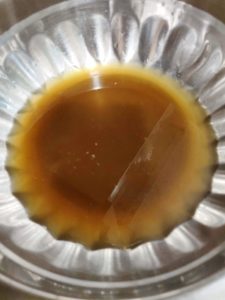
Water After Boiling Bathua
3. Water after boiling Chickpeas
This water can be used to make vegan meringue Aquafaba or simply add it to your soup stock.
Water after boiling Black gram (Kala Chana) can be converted into a wonderful nourishing soup. Check the recipe of Kala Chana Soup here.
4. Reuse Used Tea Leaves
- Tea leaves are full of nutrients and act as a wonderful fertiliser for your plants. After making tea, collect tea leaves in a container and put them in your plants.
- These leaves can be put in the plants soil as it is without drying. But it is done when sugar is not added while making tea.
- In case, you add sugar then first rinse the used tea leaves in fresh water and then use. Tea leaves with sugar will ruin the plants.
5. Reuse Lemon Peels
Lemon peels are wonderous. There is a saying which goes like this:
When life gives you lemons
Do not throw away the peels
You can use them for cleaning, for garnishing, for deodorising, for beauty purposes and what not. Check here on detailed ways to use these wonderous peels.
6. Recycle Soup Waste
After boiling the veggies, you pass them through a strainer to make soup. What about this pulp which gets collected in the strainer? Even I used to throw it but not any more. Ever since my sister in law, Archana Aggarwal, shared with me its uses, I ensure to use it every time I make soup.
- Add this pulp in your chapati/paratha dough. While kneading flour add this pulp and enjoy nutritious Parathas.
- Or you can use them in your gram flour/ semolina batter while making savoury pancakes. Trust me, they taste great.
In the picture below, I have added the pulp in gram flour (besan) batter while making its pancakes (Cheela).
7. Reuse Vegetable Peels
Ensure that you wash your veggies thoroughly and then use their peels:
- Peels of carrots, onions, cucumber etc can be boiled to make vegetable stock. You can collect these peels in some container and store in the freezer. When sufficient quantity is collected then make vegetable stock.
- Cucumber peels can also be used for making flavoured water.
- Coriander stalks, which normally go into the bin, can very well be used for making the best Lemon Coriander Soup.
- Spinach stalks can again be used for making Spinach soup. Check the recipe here.
8. Recycle Water Used for Soaking Beans
We always soak beans before cooking them. Why? First of all, soaking makes them more digestible, and then it makes them easier to cook (in less time). Beans contain a starch called Oligosaccharides which after soaking releases carbon dioxide and thus causes gastric problems. Therefore, this water should not be added back to the beans and be discarded. Rinse the soaked beans thoroughly before cooking.
But this water is excellent for plants. So, use a spoon or so of this water in all your plants and see the magic. A few months back, when I visited my friend Sharon's house then was awed seeing her healthy plants. On being asked the secret of that, she revealed the magic of beans water. So, you also try it and enjoy healthy plants.
Read: Importance of Soaking Beans
9. Reuse Tamarind Pulp/ Raw Mango Peels
- Tamarind pulp or peels of raw mangoes/lemons are excellent for cleaning cast iron skillet.
- Just put these on your skillet (tawa/kadhai) along with some water.
- Leave this for a few hours or preferably overnight.
- Later, slightly rub these peels and you have a sparkling skillet.
10. Reuse Bread Trimmings
- You can use the sides trimmings of the bread for making breadsticks.
- Just toast them in oven/air fryer for few minutes and your soup sticks are ready.
- Or dip them in gram flour batter and deep fry and a sumptuous snack is ready.
- Also, you can dry these and make breadcrumbs.
11. Reuse Leftovers Intelligentlly
- Use leftover chapatis for making Roti Noodles or Roti Crumbs or Roti Upma
- Use leftover biscuits to make cookies.
- Use leftover cake for making Cake Pops.
- Use leftover Dal (lentils) for making Masala Paratha.
- Use leftover rice for making Lemon Rice/Fried Rice/Cutlets.
- Reuse leftover Green Coriander Chutney for making Jaljeera (A Spicy minty drink)
- Reuse Whey (water left after making curd or paneer) in various ways. Check here for its different uses.
These are some of the ways that I follow in my kitchen. Try it, it will give you a feeling of immense satisfaction and happiness.
I am sure there must be numerous other ways in which you guys recycle or reuse your kitchen waste. Share your methods here. Let's help each other and do our bit in conserving our environment.
LET’S CONNECT!
Hope you have found this post about my kitchen waste management useful. If yes, do share your views in the comments section below. Your feedback fuels my enthusiasm to post more good content.
Let’s connect on Facebook Pinterest Twitter Instagram (#samirasrecipediary) too.

